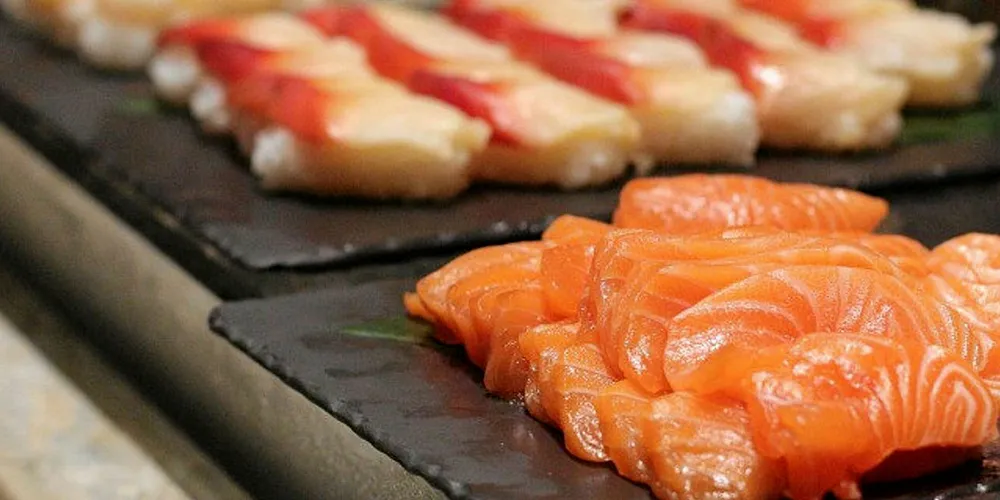Low tuna prices hit Maruha Nichiro, while Nissui rides high on salmon sales
Five of Japan's biggest seafood companies saw mixed results in their first half results as various market and supply conditions played tug of war with earnings.

Five of Japan's biggest seafood companies saw mixed results in their first half results as various market and supply conditions played tug of war with earnings.
